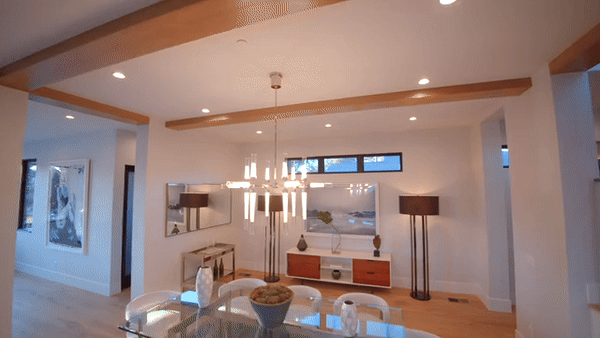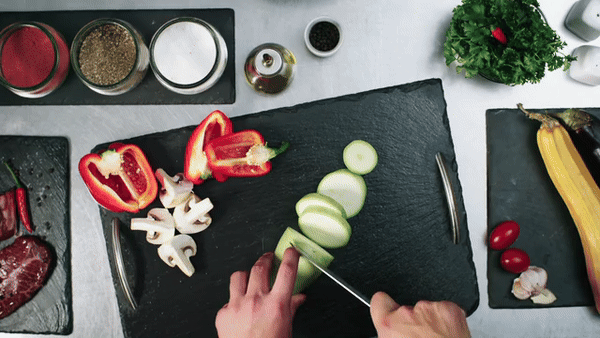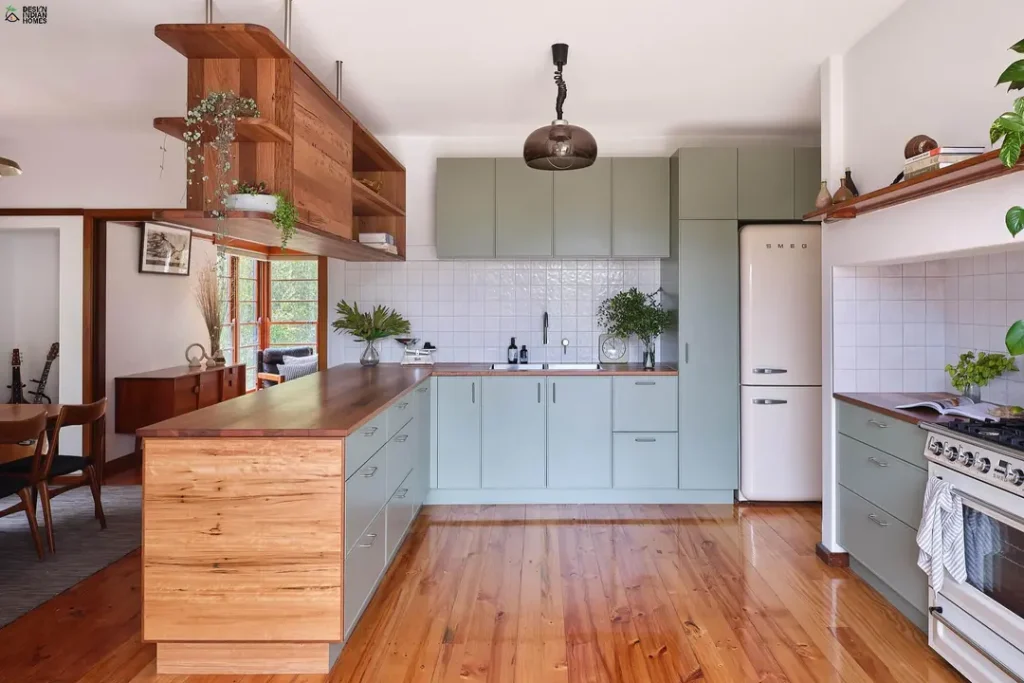All About Kitchen Ergonomics
Kitchen Ergonomics
It’s essential to figure out the time we spend in the kitchen. We have to do a lot of walking here and there, bending down, kneeling, stretching our limbs to reach what we need, and rummaging through our cabinets with our bodies twisted in uncomfortable positions. We don’t have a very ergonomic kitchen.
Kitchen ergonomics looks at how a kitchen should be designed, in all its elements, to optimize our activities and reduce the hassle we put on our bodies while performing everyday kitchen activities.
If we are an average kitchen user, cooking home meals twice or three times per day, then every day we are likely to…
…move between the dining table and kitchen over 50 times… …open and close drawers and cabinet doors over 70 to 90 times… …complete over 40 to 60 tasks between the main countertop and the sink.
We all know that the kitchen is one of the homes’ most used rooms. Hence, its ergonomics are essential, regardless of how strong or healthy our body might be. Kitchen ergonomics is all about avoidance, and this is a fact. Kitchen ergonomics are not discussed very often, but ethics should be the focal point of the design of every kitchen product. Knowing about ergonomics – and how we use the kitchen – can help us understand:


The capabilities of the designing team to make the kitchen easy to use and select the right accessories for the kitchen needs
are specific tasks for everyone to perform, regardless of their habits, so every kitchen should be optimized to facilitate such activities. Then, functional features must be chosen based on our personal way of working and living in the kitchen. Kitchen ergonomics is all about shortening the distances we have to cover
Every kitchen can be divided into five zones, regardless of size.
A grocery storage area (including refrigerator, freezer and cabinets to store non-perishable food).
there are the types of modular kitchen across the global

YHE IDEAL KITCHEN PLAN

THE KITCHEN TRIANGLE

THE PLANNING PROCESS

- 1. Base units
- 2. wall units
- 3. tall units
- 4. microwave oven
- 5. chimney
- 6. hob
- 7. sink
- 8. faucet
- 9. drawer
- 10. wicker basket
- 11. loft

































